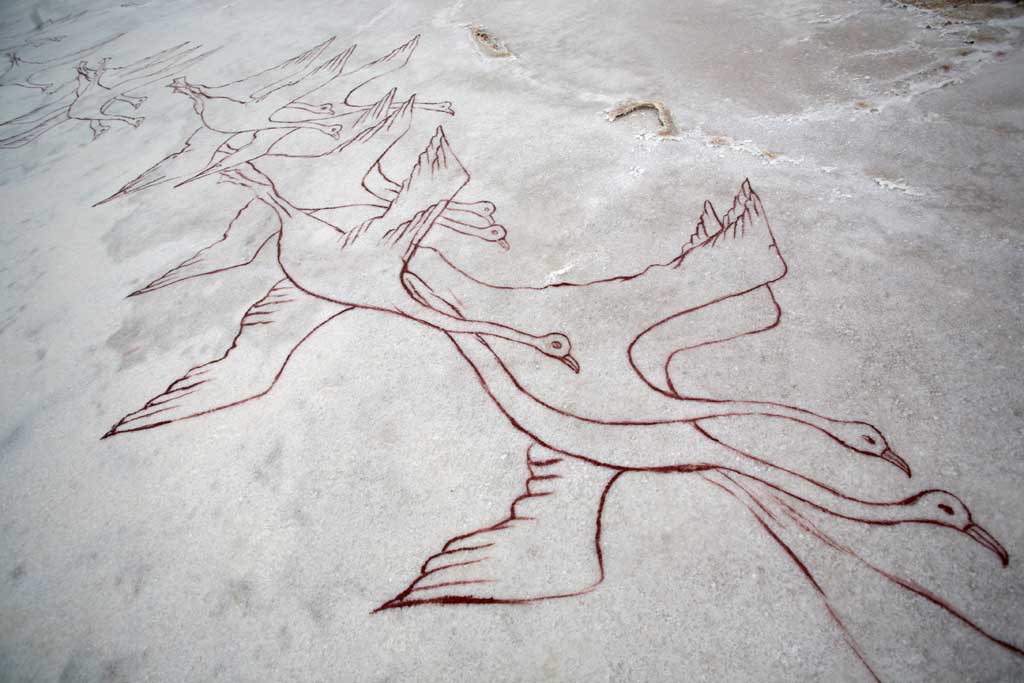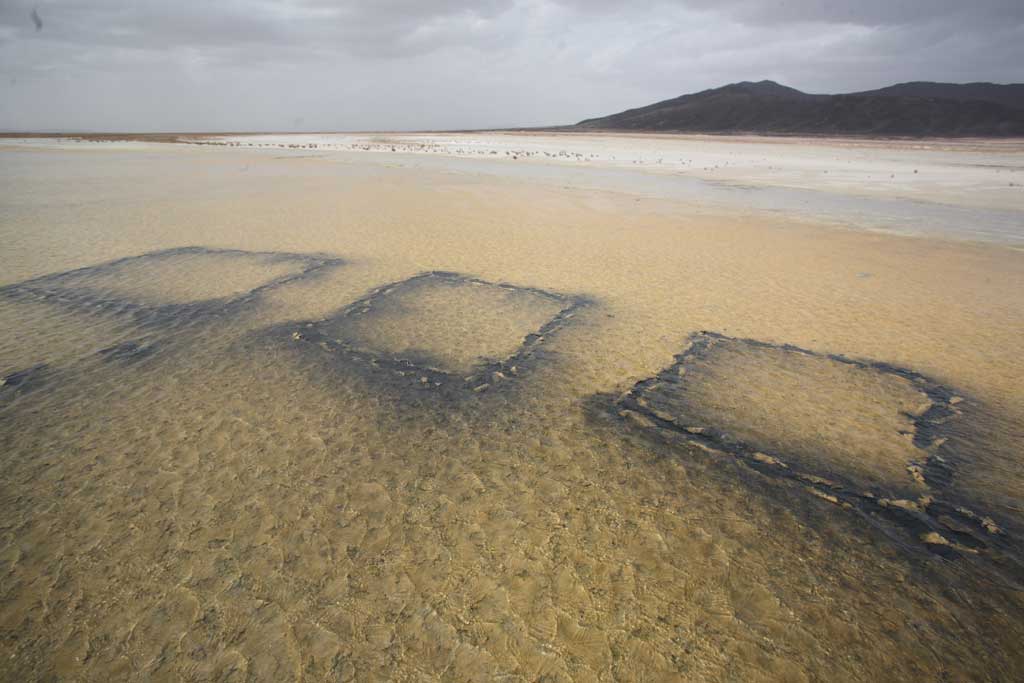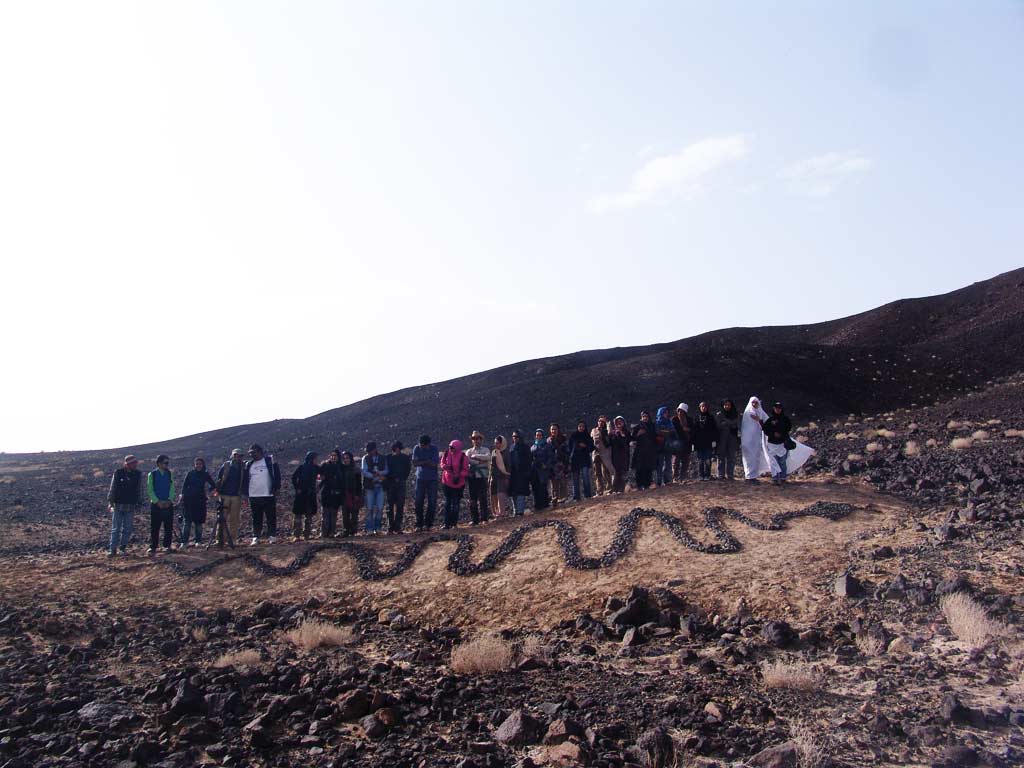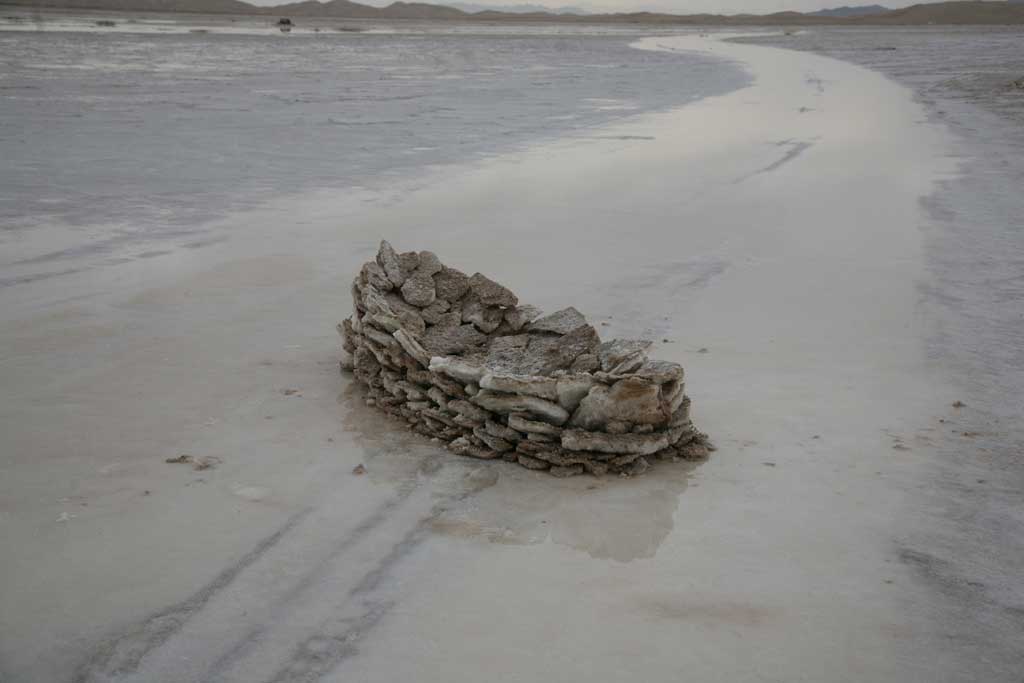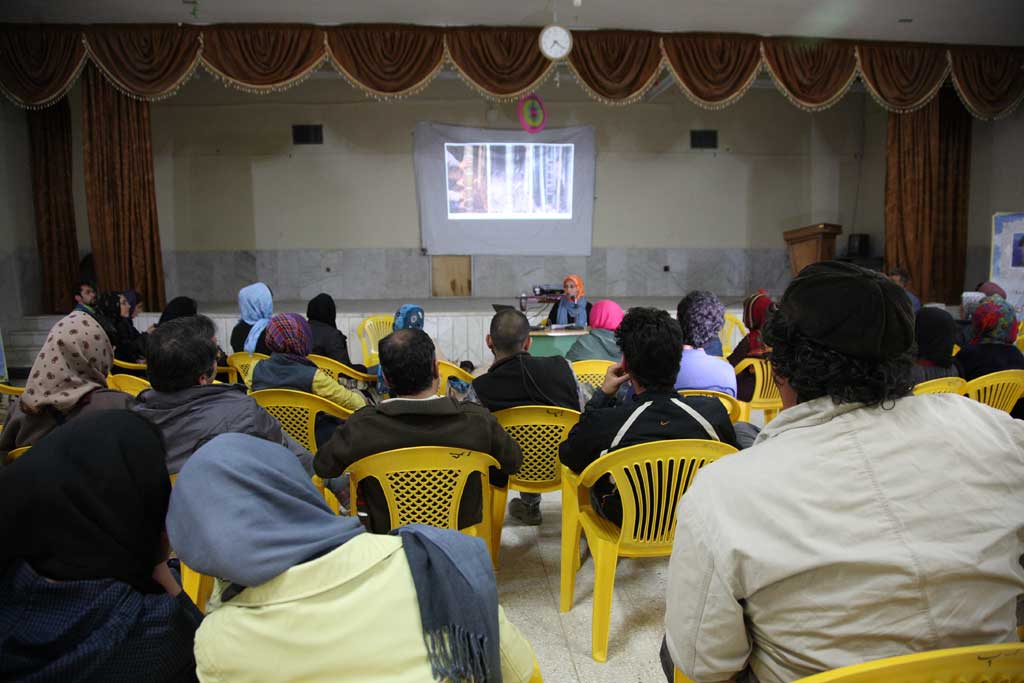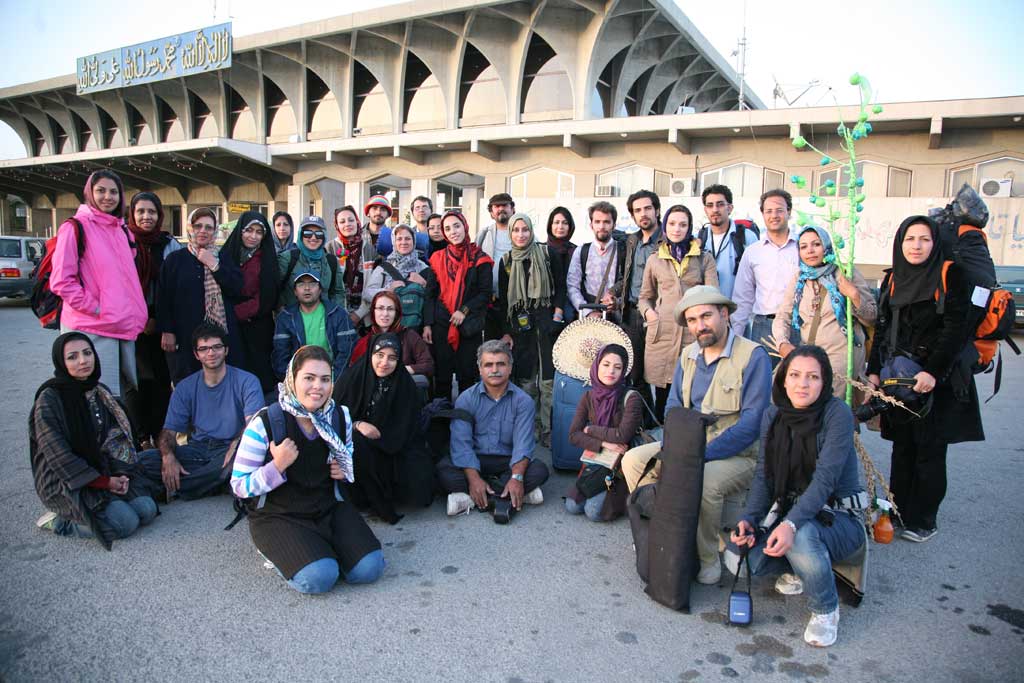Gavkhouni Wetland
Fereshteh Alamshah
Environmental art
Isfahan, Iran
2012
Description
One of the most attractive ecotourist sites in Iran is Gavkhouni Wetland. Gavkhouni (Persian: گاوخونی, Gāvkhūnĩ), which is also written as Gavkhuni or Batlaq-e-Gavkhuni, located in central Iran, east of city of Esfahan. It is the terminal basin of the Zayandeh River. Gavkhouni is a salt marsh with a salinity of 315% and an average depth of about 1 m. The salt marsh can dry up in summer. The Zayandeh River originates in the Zagros Mountains and travels around 300 km, before terminating in Gavkhouni. Gavkhouni receives pollution from Esfahan and other urban sources.
However, in recent years, due to the lack of precipitation in Isfahan and central Iran, there is a huge demand for drinking water as well as water for industrial and agricultural purposes, which forced provincial officials to redirect the scant water that had gathered in the Gavkhooni Wetland to meet these needs and leave the wetlands dry again. This greatly endangered all living species such as fishes, snakes and several types of wild and immigrant birds.
Recently several NGOs as well as artists organizations have held various performances and protests and invited people and provincial officials to highlight the importance of this phenomenon and encourage people to participate in saving the wetland.
This project was conducted and organized by Fereshteh Alamshah who is one of the active members of environmental art in Iran. Recently she illustrated one of her latest project names as Yunes’s Fishes which she collaborated with 21 local people of Varzaneh city.
She said that today Gavkhouni Wetland was one of the greatest concerns for artists and she had spent a lot of time considering this issue. In this work of art, every participant wrapped him or herself in a plastic bag to resemble the fishes, which are captivated in the sand and mud of Gavkhouni Wetland and will finally die in the dry base of the land.
All these fishes together form a giant fish, which will also die in a symbolic way. This is perfectly reflecting the natural disasters faced by the surrounding area.
The reason that she names this project as Yunes’s Fishes is that this name resembles an ancient religious story of Younes prophet who was captivated in a big fish stomach as a punishment from God. In her mind, our disobedience and nature’s destruction in recent days will also lead us to the temporary death and captivation in our sins. She said that there were 21 ordinary people from local area as well as some of the city hall members participated in this work. There were several other works of arts which were illustrated in this work, such as sand drawing of flying birds which used to settle down in this area every year for winter, as well as the stone-made endangered snakes which are the habitants to this wetland. There were several other simple works which mean a lot, including the stitches on cracks of the desert.
Written by Parisa Tehranizadeh
Excellence
The Jury appreciated the commitment to drawing attention to an ecological issue of great significance (given the increasing scarcity of water as a resource across much of the world), and they also wanted to give special recognition to the part played by the woman artist Fereshteh Alamshah in the realisation of this project. They felt that the artistic method used was entirely appropriate and consistent with the ambitions of the project.
Gavkhouni wetland is one of the most attractive Eco tourist sites in Iran. The salt marsh can dry up in summer. Water has been redirected leaving the wetlands dry again and greatly endangered all living species. But recently several NGOs as well as artists organizations have highlighted the importance of this phenomenon and encourage people to participate in saving this wetland. There were 21 ordinary people from local area as well as some of the city hall members who participated in this work.
